
| Degree Awarded | Discipline | Duration | Entry Level | Seats in IIST |
| B.Tech | Civil Engineering | 4 years | 10+2 (PCM) | 60 |
We welcome you to the website of Civil Engineering department at Indore Institute of Science and Technology, IIST was established in 2003 and the Civil Engineering Program is part of the institution since 2012 to offer a Bachelor’s Degree. We are young but fast-growing department with an intake of 60 students. We take great pride in developing skilled civil engineers who are industry ready to cater the needs of modern era. Our department proudly holds dedicated and motivated faculty members with a number of specific sub-disciplines viz. Structural Engineering, Water Resources Engineering, Transportation Engineering and Construction Management. The Department of Civil Engineering with its multifaceted faculty continues to maintain and cultivate its strong links with the infrastructural industry, academic and research institutions both within and outside the State. On a daily basis, civil engineers are touched by many aspects of human life and contribute their knowledge and services in society. From the structures of our homes to designing drinking water / irrigation and environmentally efficient transportation systems or water supply systems, we live in one way or another and are impressed by the work and dedication of civil engineers. Our activities and missions fall into three categories: Teaching, Research and Service. Our students are being prepared to be socially responsible leaders in the field of civil engineering with 360 grooming and holistic development, whether in R & D, higher studies, or to practice as professionals. We encourage you to visit our Campus or explore our website to learn more about the student-centered learning environment to meet global needs.
Upon successful completion of the program, the students would have the following attributes.
Civil engineering is a professional engineering discipline that deals with the design, construction and maintenance of a physically and naturally built environment, including public works such as roads, bridges, canals, dams, airports, sewerage systems, pipelines, structural components of buildings and railways. Emerging trends in civil engineering are building information modeling, earthquake resistant design, smart building, sustainable development, advanced materials and more. It is essential to self-learn and research into these emerging trends. For which special interest groups are formed in our department
Self-education is inspired in these special interest groups of the department. Various resources related to student interest have been provided at SIG. It is patronized by teaching faculties and senior students to provide them the opportunity to work in teams. Self-interest and self-learning are motivated in this SIG (Special Interest Group). The CE department has four SIGs through which we offer certified skills courses on the latest research areas and technologies
1. SIG – DESIGN OF EARTHQUAKE RESISTANT STRUCTURES
Students who wish to become independent structural advisors are members of this SIG. Under this, the students of SIG are trained on all professional software of structural design. STAD Pro, SAP, Etabs etc. Students are gaining complete conceptual knowledge of structural design and getting ready to provide solutions to the construction industry
2. SIG – BUILDING PLANNING AND ARCHITECTURE
This SIG is providing complete building planning and knowledge about national building code and municipal byelaws and provide hands-on training to students on all the software used in this field. The whole concern of this SIG is to enable students to provide professional counselling in this field independently and innovatively.
3. SIG – SUSTAINABLE DEVELOPMENT
SIG students are working in it:
This SIG prepares students for advanced research in the field of sustainable development and prepares students to offer professional consultation to the industry regarding the use of construction materials in different situations currently.
4. SIG – RAINWATER HARVESTING
The goal of the institution is to impart knowledge about rainwater harvesting to the students. SIG focuses more on project-based learning in addition to preparing students to face the obstacles that typically come up when applying their technical knowledge. SIG works continuously in projects with students in this domain. Projects include harvesting of roof water, surface water and stormwater which is collected during the rains.
5. SIG – ESTIMATION & COSTING OF STRUCTURES (INTRODUCING IN AUGUST 2020)
Students will work as industry requires by showing their skills in preparing quantity estimates for building, roads and canal structures as per specification and they can also draft detailed specification and work out Rate Analysis for all works related to Civil Engineering projects. Students will be able to make the construction budgets and schedule the activities related to projects.
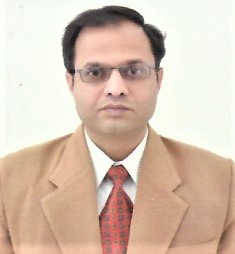
Dr. Niraj Kumar Soni
Head of Department
Civil Engineering
Cont: 0731-4010612
Email: [email protected]
We are dedicated to provide innovative and high quality opportunities to our students to enable them acquiring the fundamental knowledge, skills and attitude necessary for entry and success in the professional practice of civil engineering. Our program provides advanced instructions in the latest tools and technologies of engineering practice, our students get state of the art hands on engineering experience in well-equipped modern laboratories. Our graduates are well prepared for both the contemporary demands they will face when they enter the profession, as well as the technological challenges they need to address in the future.

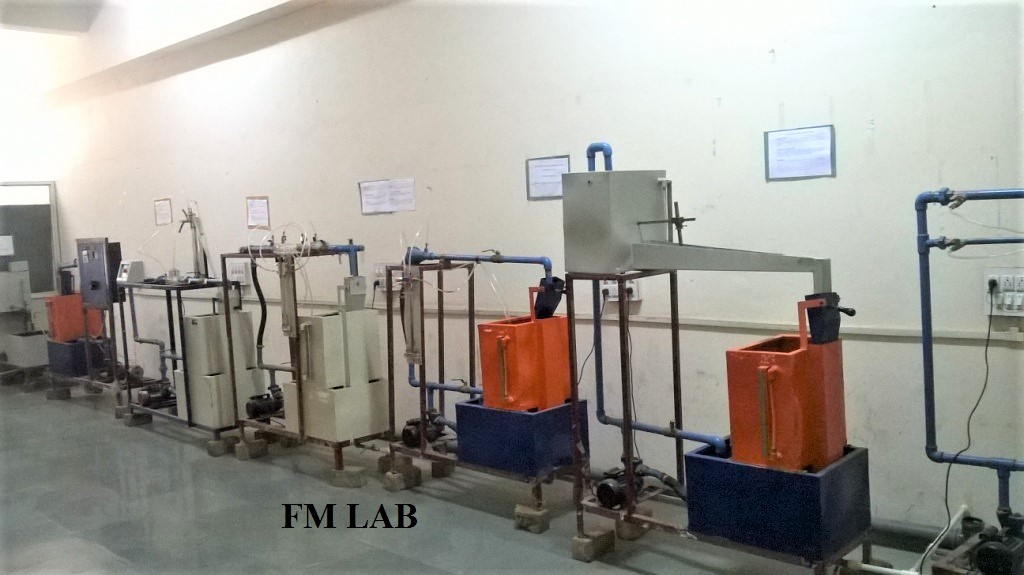

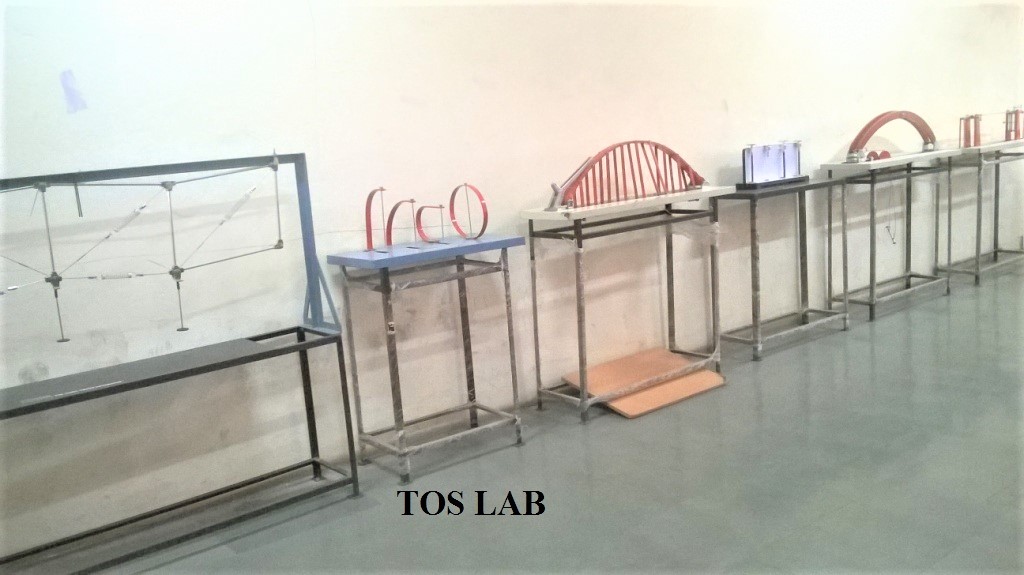
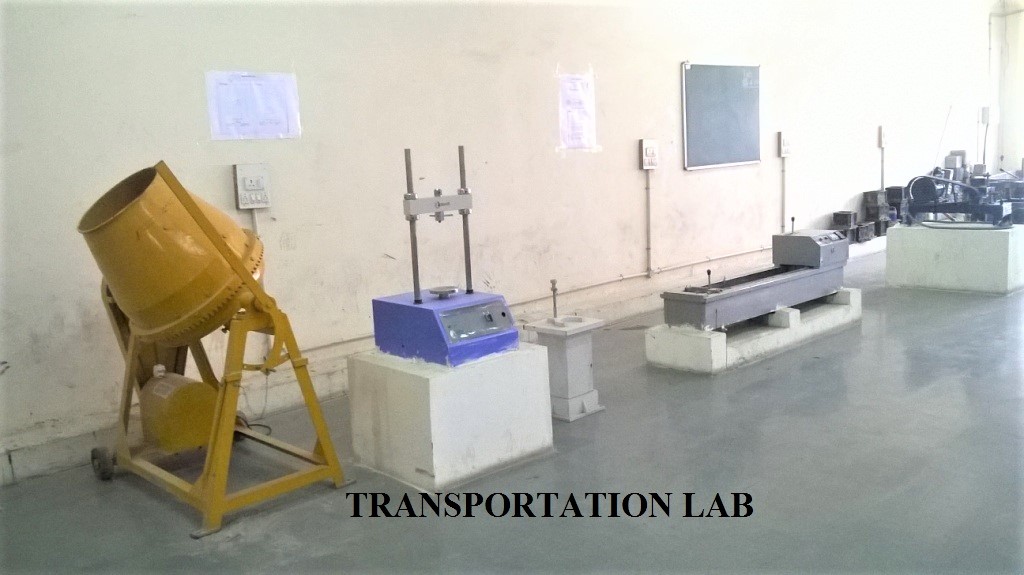
There are a number of career opportunities available in the sector of CIVIL ENGINEERING. These opportunities are exponentially increasing day by day. Students can hunt their career in the following fields and in today’s context there are various private and public Sectors which are working in the market.
UGC Approved Journals:
International Journals:
National Conferences:
| S.No. | Title of Paper | Name of Author’s | Category (International Conferene/ National Conference / National Journal / International Journal | Date / Month | Organizer |
| 1. | Effect of Vertical Geometric Irregularity on Flat slab system with Response spectrum Analysis | Mr. Niraj Soni | International Journal | Jan’2018 | IJTIMES |
| 2. | Dynamic Analysis of Flat Slab System in Vertical Irregular Building with & without Shear Wall
|
Mr. Niraj Soni | International Journal | Jan’2018 | IJRSI |
| 3. | Comparative study of seismic performance in flat slab with and without shear wall of multistoried building in different earth quake zone” |
Mr. Niraj Soni |
International Journal | March’2018 | IJRASET |
| 4. | Cost analysis of OH tank foundation with varying depth of soil above footing |
Mr. Niraj Soni |
International Journal | March’2018 | IJRASET |
| 5. | Parametric Study of Underground water Tank using FEM | Mr. Niraj Soni | International Journal | March’2018 | IJSTE |
| 6. | Seismic analysis of flat slab multi-storey Building with varying Shear wall indices | Mr. Niraj Soni | International Journal | April’2018 | IRJET |
| 7. | Cost Variation of Over Head Tank Foundation with varying bracing distances | Mr. Niraj Soni | International Journal | Dec’2018 | IJTIMES |
| 8. | A case study of cracks in building: Causes and repair | Mr. Aman Tiwari | International Journal | June’2018 | IJRESM |
| 9. | Progress of plastic zones in elasto-plastic material of a circular plate with the opening | Mr. Shailendra Singh | International Journal | Dec’2017 | IJTIMES |
| 10. | Experimental Investigation on marble dust for partial replacement of cement in M25 concrete. | Ms. Shanu Sharma | International Journal | Nov’2017 | IJSHRE |
| 11. | Review paper of tensegrity Structure | Mr. Avinash Singh | International Journal | Nov’2018 | IRJET |
1. ISTE Students Chapter
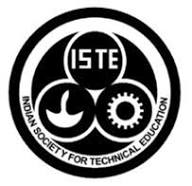
Providing quality training programmes to teachers and administrators of technical institutions to update their knowledge and skills in their fields of activity. To assist and contribute in the production and development of top quality professional engineers and technicians needed by the industry and other organizations. Providing guidance and training to students to develop better learning skills and personality.a
2. Swayam Students Chapter

SWAYAM is an initiative by Ministry of Human Resource Development, Government of India. World’s largest SWAYAM MOOCs (Massive Open Online Courses), a new paradigm of education for anyone, anywhere, anytime, as per your convenience, aimed to provide digital education free of cost and to facilitate hosting of all the interactive courses prepared by the best more than 1000 specially chosen faculty and teachers in the country. SWAYAM MOOCs enhances active learning for improving lifelong learning skills by providing easy access to global resources.